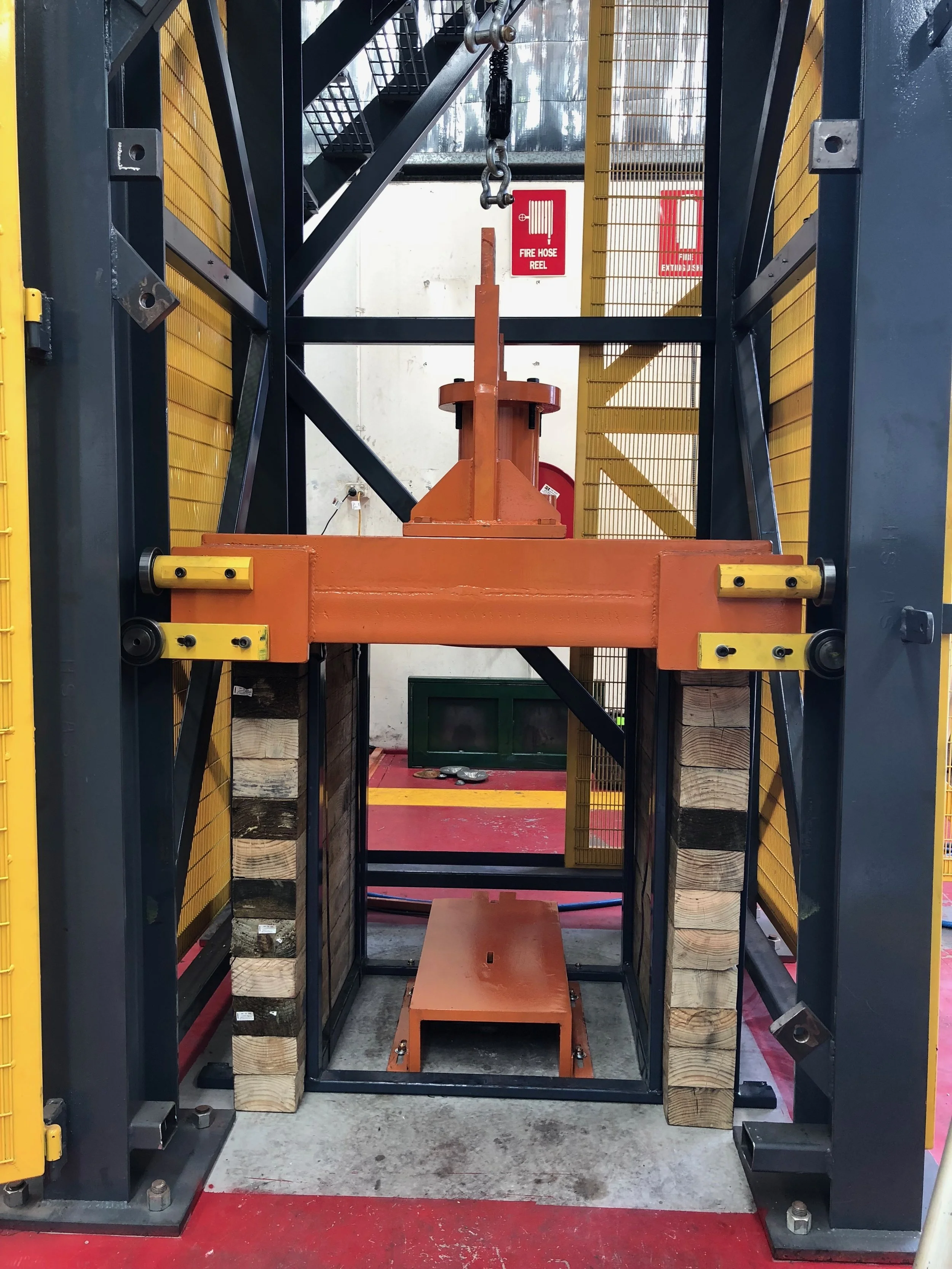Seismic risk management: a team effort!
The management of seismic risk in underground mines is a complex process and requires a team effort to ensure effective risk mitigation. It relies on all mining departments (Survey, Geology, Geotechnical and Mining and Services) to align their goals and buy into the same engineering controls.
This process relies on accurate data capturing, understanding & quantifying the seismic hazard, effective application of control measures, communication to management and operators and the implementation of an effective engineering design process. It is only effective if all components are managed properly, and this can only happen if all departments buy into the same process.
Read More
Geotechnical Monitoring
Over the past 10+ years I have been involved in the design and management of several geotechnical monitoring programs, both as part of a team and working with a team as an outsider. Designing and managing an effective geotechnical monitoring program is challenging. Below are 20 lessons I have learned through the years:
Read More
Geotechnical Back Analysis
The geotechnical engineering design process relies heavily on effective back analyses to ensure the quality of the design. This is a necessary step in the design process because of the natural variability of the rockmass.
Read More
The validity of Es/Ep as a source parameter in mining seismology
It is generally accepted that the ratio of energy associated with the S-wave (Es) and P-wave (Ep) is dependent on the focal mechanism (Mendecki 2013). In the mining industry, the ratio of S-wave energy to P-wave energy is regarded as an important indicator of the type of focal mechanism, with the ratio being lower for explosive sources and higher for fault slip (Cai et al 1998, Mendecki, 2013). In pure shear, the Es is considerably larger than Ep (Es/Ep > 20). For the tensile model, Sato (1978) has shown that Ep and Es are approximately equal. Gibowicz et al (1991) and Gibowicz and Kijko (1994) suggest that when Es/Ep < 10, the source mechanism involves a tensile failure component. Boatwright and Fletcher (1984) suggest pure shear to correspond with Es/Ep > 10. Hudyma and Potvin (2010) suggest that for events with Es/Ep < 3, the mechanism is non-shear.
This paper investigates the Es/Ep ratio parameter and how sensitive it is to different seismic service setups. It will achieve this by investigating the consistency of the parameter for three different scenarios.
Read More
Geotechnical Incident Investigations
The occurrence of damage to underground excavations is still an unfortunate reality of the mining industry. When such an incident/accident occurs, and there is damage to an excavation, the geotechnical team usually forms part of the task team who must investigate the incident/accident.
Read More
Ground Support Design
Geotechnical Engineers across the world rely on effective ground support designs to ensure the stability of excavations. Ground support design can be separated into two categories; gravity- (quasi‑static) and seismic- (dynamic) designs.
Read More
Advanced Seismic Analysis
Smart Seismic solutions for Miners. Are you a geotechnical engineer who wants to get more out of your seismic data? Contact us for specialised seismic analyses options.
Read More
“Zero Harm” - a Healthy or Risky Catchphrase?
Picture from Porter et. al. (2019)
The “ZERO HARM” catchphrase widely used in the Mining Industry refers to the mindset that no harm must come to anyone in the workplace.
There are different views in the industry about the value of this phrase. Over the last few years, there have been several contrasting sentiments ranging from “zero harm makes zero sense” to the “zero harm mindset creates a positive safety culture”.
As Geotechnical Engineers we make decisions based on the safety philosophies of each individual company. This ultimately affects the way we approach risk-related challenges.
Read More
Seismic re-entry analysis
Do you know what your seismic re-entry controls are based on? And what percentage of damaging seismic events have you historically captured with these controls?
Read More
Seismic Hazard
Managing seismicity in mining is an important part of ensuring the continuous safety of underground crews and long-term mine sustainability. Most seismically active mines make use of a Seismic Risk Management Plan (SRMP) to ensure the necessary controls are in place.
Read More
Seismic Risk Management Plan
The WA DMIRS have recently released a new Code of Practice document covering ground control for Western Australian mining operations. The new code of practice follows a risk-based approach, which means that the document does not advise on specific guidelines, but rather proposes a broad methodology for mines. Different mines require varying levels of detail which should be managed by the mine itself through assigned roles and responsibilities.
Read More
Seismic Data Quality
Seismic analysis plays a big part in the day to day operations of most deep underground mines. This is mostly due to the high risk large seismic events pose to the stability of underground excavations.
Seismic analysis techniques are used to identify areas with high risk and determine the appropriate geotechnical controls to mitigate this risk. Therefore, these analysis results could be vital in reducing the impact of seismic events on operations. However, when seismic datasets have data quality concerns, those results could end up being meaningless.
Read More
Specialised Testing of Dynamic Ground Support Elements
Ground support testing plays an important role in ensuring that the performance and behaviour of ground support elements are well understood. This is especially important as ground support systems are the last geotechnical control engineers have in place to ensure the stability of underground excavations. The uncontrolled failure of excavations has a large knock-on effect on both the safety of mining personnel and the cost to mining operations due to the loss of both equipment and time.
Read More













